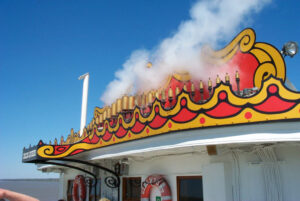We’ve been enjoying the sound recordings that people have been sending in response to our first “task”. The subway chime has been forever burned into our auditory memory. What about the melodic chatter of Chinatown conversations, punctuated by the clink of dinner plates?
Over the next several weeks, we’ll set a “daily task” that we hope will inspire you to think in a more focused way about the sounds in your world. First is a series on sounds associated with different times of the day. Here’s one for early birds:
What is your sound of Toronto at 6:00 AM?
Grab your smartphone, digital camera or recorder and capture the sound. It can be a few seconds or up to a minute, depending on the sound. Save your sound/video file and share it on our Facebook page or Soundcloud! Deadline: August 9, 2012 – because we will be incorporating your sounds into an exciting activity that takes place August 11-12. Details will be revealed soon!
If you need technical help, email Rachel McDermott <rachelmc@mit.edu>. Have fun!






